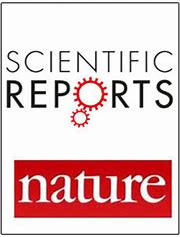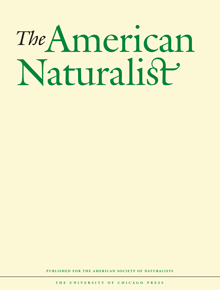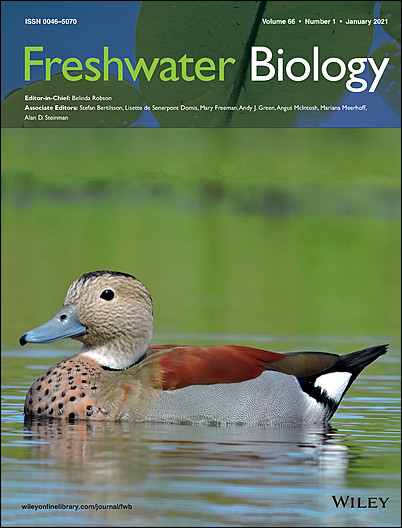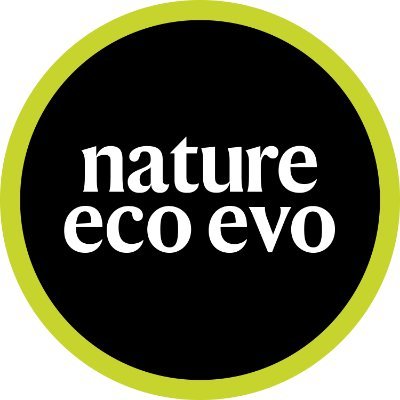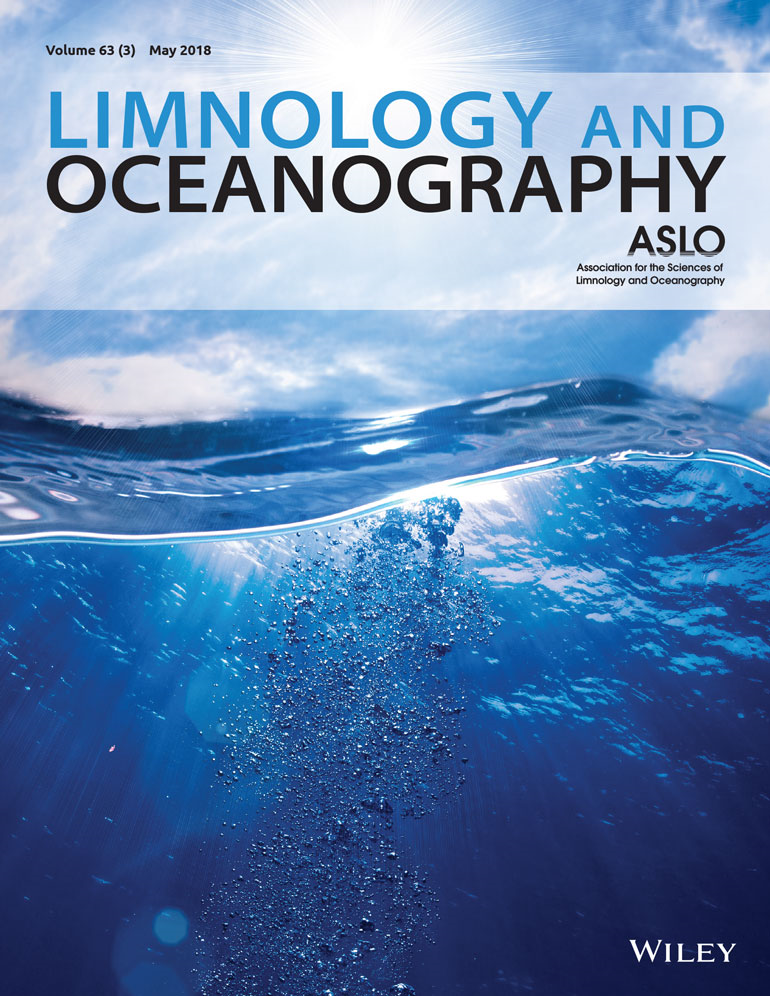- Topic:Freshwater ecosystems
The use of Sentinel-2 for Chlorophyll-a spatial dynamics assessment: a comparative study on different lakes in Northern Germany
This study is an important step to establish the use of satellite imagery for inland water quality monitoring. By using in situ measurements of the algal pigment chlorophyll-a from small-sized lowland lakes in Northern Germany, we identified the best performing atmospheric correction and bio-optical algorithm to accurately estimate chlorophyll-a from Sentinel 2 satellite images.
Eye fluke infection changes diet composition in juvenile European perch (Perca fluviatilis)
The authors used stable isotope and stomach content analyses to investigate whether European perch alter their diet composition as a consequence of an infection with eye flukes. The study shows for the first time that fish feed more selectively as infection intensity increases, allowing the parasites to modulate top-down effects of their host on lower trophic levels.
Climate change – driven regime shifts in a planktonic food web
Climate change causes a decrease in the ice cover on lakes throughout the world. Yet, there has been insufficient research into how this decline of the winter period affects the interplay of phytoplankton and zooplankton. This study shows that even a gradual decline in the average duration of ice cover can result in abrupt changes in plankton dynamics.
Shifting states, shifting services: linking regime shifts to changes in ecosystem services of shallow lakes
The authors identified major shallow lake ecosystem services and their links to Sustainable Development Goals (SDGs), compared service provisioning among the four ecosystem states and discussed potential trade-offs. They identified 39 ecosystem services which are linked to 10 different SDGs, while several trade-offs within and between ecosystem services across ecosystems were identified.
Shallow lakes at risk: nutrient enrichment enhances top‐down control of macrophytes by invasive herbivorous snails
The authors investigated how changing nutrient loading modifies the top‐down effect of one of the worst invasive herbivorous snail species on native submerged macrophytes.The results indicate that snail herbivory may increase the chance for macrophyte collapse and shifts of shallow lakes to turbid states, and that this effect occurs at lower snail densities when nutrient concentrations increase.
Metabolomics-derived marker metabolites to characterize Phaeocystis pouchetii physiology in natural plankton communities
Phaeocystis pouchetii regularly dominates Arctic marine plankton and is considered a key food source supporting highly productive fisheries. But the relevance of biomass transfer to higher trophic levels is debated. This study shows that endometabolic markers can be correlated to the metabolic state of Phaeocystis populations, which allows testing the influence on zooplankton trophic transfer.
Impacts of multiple stressors on freshwater biota across spatial scales and ecosystems
Climate and land-use change drive a suite of stressors that shape ecosystems and interact to yield complex ecological responses. This study combines data across scales from 33 mesocosm experiments with those from 14 river basins and 22 cross-basin studies in Europe, producing 174 combinations of paired-stressor effects on a biological response variable.
Diet and Genotype of an Aquatic Invertebrate Affect the Composition of Free-Living Microbial Communities
Associations with microbial communities are crucial for most plants and animals. The authors show that in Daphnia, host genotype does not only influence gut microbiome composition, but also the structure of free-living microbial communities, i.e. the bacterioplankton. This interaction is expected to lead to feedback loops where evolutionary changes in the host might impact bacterioplankton.
Food nutrient availability affects epibiont prevalence and richness in natural Daphnia populations
A field survey along a food quantity and quality gradient revealed that both host population density as well as prevalence and diversity of epibionts (i.e. organisms living on a host) in the water flea Daphnia pulex are significantly affected by phytoplankton N:P ratio. A laboratory experiment using Daphnia magna confirmed that P‐limitation affects infestation by epibionts.
Evolutionary origins for ecological patterns in space
Does evolution influence ecological patterns in space? The authors synthesized 500 studies to develop a predictive framework for whether and when evolution amplifies, dampens, or creates ecological patterns. They show that local adaptation can alter spatial variation in population, community and ecosystem features. Dampening of ecological differences is the most prominent effect of evolution.



